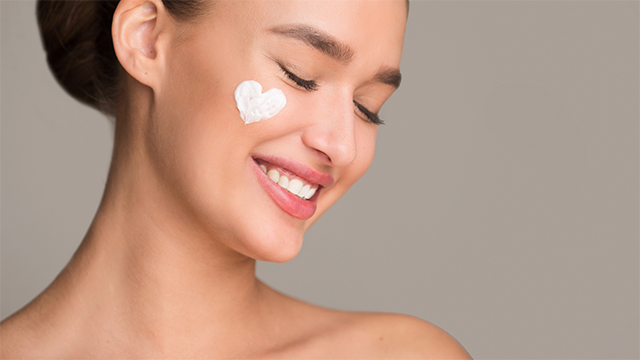Wrinkles are a natural occurrence, and they happen to everyone eventually. This post serves as a guide explaining how wrinkles form and the steps that can be taken to help treat and prevent them.
How Do Wrinkles Form
There are many factors that contribute to the formation of wrinkles, the most common of which is age. Other causes of wrinkles are:
- Sun exposure
- Smoking
- Dehydration
- Certain medications
- Genetic factors
- Environmental factors
- Smiling
- Frowning
- Squinting
In younger individuals, the skin is elastic and springs back. As we grow older, the skin begins to lose its elasticity, and this can result in permanent grooves and lines.
Types of Treatments
There are several methods to treat and reduce the appearance of wrinkles.
Medication
There are topical retinoids available that aim to reduce fine wrinkles, skin roughness, and hyperpigmentation by increasing collagen production in the skin. Medications come in different concentrations, and that is what affects how well they work.
Dermabrasion
Dermabrasion is a surgical procedure that uses a rapidly rotating device. Its aim is to remove moles, fine wrinkles, and acne scars. It can take several months to start seeing results.
Botox
Botox blocks chemical signals in our body that make muscles contract. It is injected into muscles to flatten the skin, giving it a smoother, less wrinkled appearance. It can decrease crow’s feet around the eyes and lines on the forehead. Results can be seen in as little as a few days to a week after the injection.
The changes are temporary, usually lasting between 3 to 4 months, so it is possible to get repeat injections.
Chemical Peels
Chemical peels are a solution applied to wrinkled skin areas, and it results in dead skin peeling off. The skin that regenerates tends to be smoother.
Face Lift
A facelift is cosmetic surgery. The aim is to make people look more youthful, and it generally involves removing facial skin and fat. The effects of a facelift should last several years, but the healing time after the procedure can vary. Most people will experience bruising and swelling for several weeks after surgery.
Fillers
Fillers contain collagen, hyaluronic acid, or fat, which is injected into facial wrinkles. The purpose is to smooth them out to give the skin more volume, and it can result in temporary swelling and bruising in the affected areas. The treatment is temporary, and regular injections will be needed to maintain the look.
Preventing Wrinkles
Fortunately, you can start taking action now to help prevent future wrinkles.
- Protect your skin from the sun. Use sunscreen regularly, even when you think you may not need it. UV rays can penetrate on any day.
- Moisturize your skin. As you age, your skin tends to become drier, and a moisturizer can help nourish and hydrate your skin.
- Stay hydrated. Drinking water is good for your health and also keeps your skin hydrated.
- Eat Your Vitamins. Many of the daily nutrients we need can help improve the skin’s elasticity and protect against premature aging.
- Don’t Smoke. Smoking is ultimately terrible for your health, and it can damage collagen and elastin, which your skin needs to remain strong and healthy.
Using Light Therapy
Light therapy exposes the skin to safe artificial light, and it has shown promise in treating wrinkles and other signs of aging. Light therapy can help stimulate collagen production, as well as increase what makes collagen, which is fibroblast. Light therapy can increase blood circulation and oxygen in tissue, which can help with healing and inflammation.
There are at-home light therapy devices available for you to use.
Wrinkles may be considered unsightly, but they are a natural aspect of the aging process. If you take care of your skin from a young age and maintain a healthy lifestyle, wrinkles shouldn’t prove much of a problem for you.

